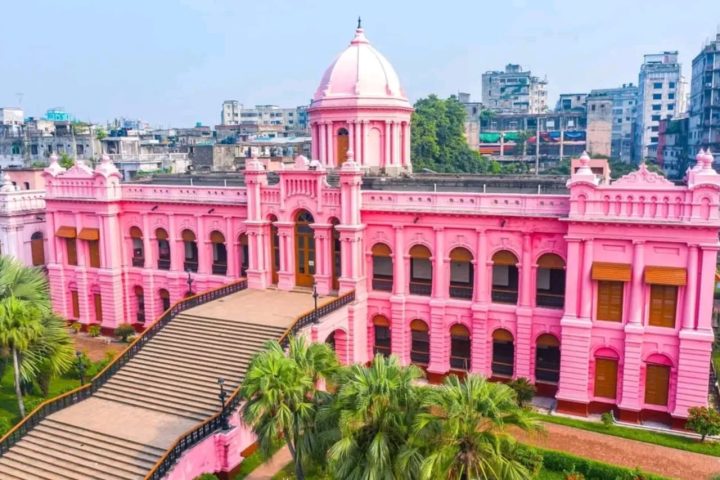On 20 November 2025, Dhaka woke up to grossly poor air quality with the level of pollution increasing sharply in a number of neighbourhoods. The Air Quality Index (AQI) was also unhealthy during the morning and was caused by heavy smog, more traffic, and construction work. It was also stated that Dhaka PM2.5 was being emitted in large amounts that were of serious health concern to the nearly 20 million residents of the city. Officials recommended individuals to remain at home as much as possible and wear protective masks in the streets, particularly children, elderly persons, and the respiratorily challenged. The situation of the day demonstrates that Dhaka is still struggling with the problem of pollution in winter seasons.
Air Quality Data for Dhaka
| Metric | Value / Status | Health Classification |
| AQI (US Standard) | Around 150–160 | Unhealthy |
| PM2.5 Concentration | Over 140 µg/m³ | Severe |
| Pollution Peak Time | Morning hours | High-risk |
| Air Quality Trend | Rising | Hazardous for sensitive groups |
Health Impact & Safety Measures
The increased rates of pollution imply that healthy people can develop breathing difficulties, whereas the most susceptible groups can develop the symptoms of cough, wheeze, or dyspnea. Professionals advise not to exercise outside, indoor air should be clean with purifiers where possible, and high-filtration masks must be used like N95 when going outside. Residents could stay hydrated and keep track of current air quality indicators, which will enable them to deal with their exposure rates in a more efficient manner. It also leaves the long-term response including tightening of emission control and better urban planning, as a solution to repeated spikes of Dhaka air pollution.
Read Also: Flights From Dhaka — Delays and Cancellations (2025 Update)












